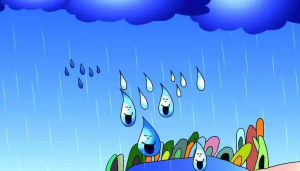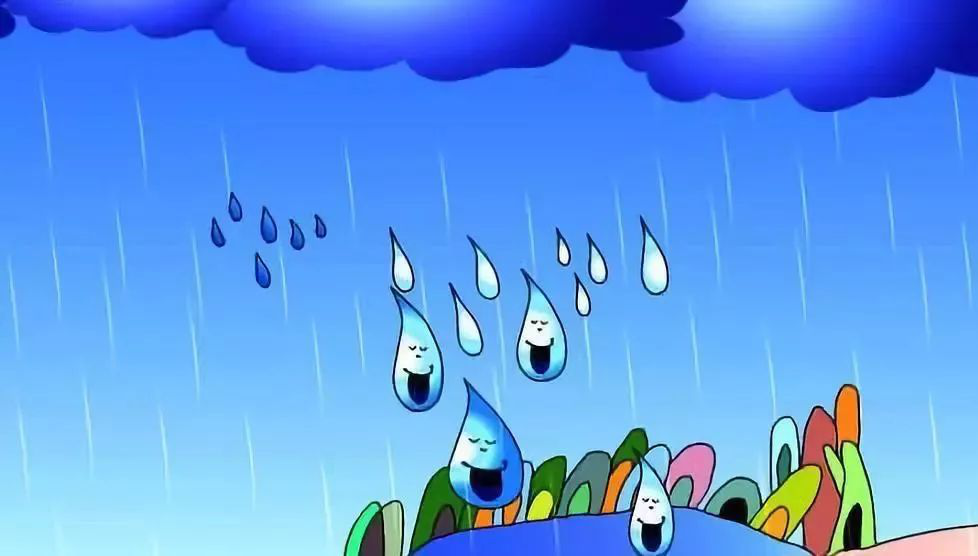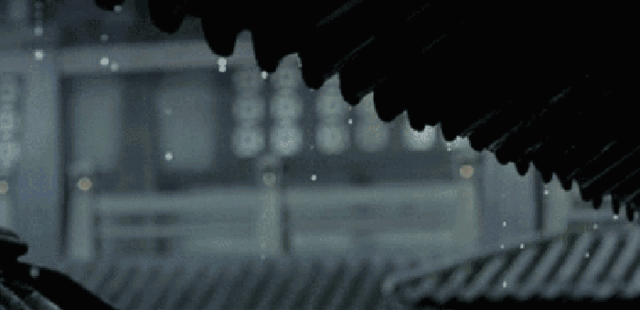

The lingering, fine rain is like dew drops on the lotus leaf.
The soft rain and the ink-and-wash style evoke much more endless full paper tenderness

At this moment, have you ever thought about the shape of raindrops? Tears? Spherical? Come, let us find out!
Many people think of the shape of raindrops when they fall through the raindrops attached to the glass windows, and think that the raindrops are “tear”-shaped.
In fact, raindrops have great deformability and are affected by various external forces during the falling process.
What kinds of shapes can raindrops take?
When raindrops are formed in the air and begin to fall, they are spherical. In the absence of force, raindrops will maintain their original shape until they fall to the ground.
When subjected to an external force, the windward side of the raindrops will become flat, and the rear end will remain spherical, showing a round top and flat bottom shape.
External effects have two forces on raindrops
One is hydrostatic pressure
It will shrink the bottom of the liquid substance, and the bottom of the liquid substance will flatten due to the heavy pressure on the top.
2 is that when raindrops fall, they are also affected by another force-aerodynamic pressure.
When an object passes through the air, the force of the air acting on the object causes the bottom of the raindrop to become a recessed shape.
When raindrops fall from the sky, small raindrops smaller than 1 mm are almost perfect spheres.
The air resistance of small raindrops is less, and the micro-molecules in the raindrops are more likely to attract each other than the micro-molecules in the surrounding air. The attraction called cohesion pulls the molecules inward, causing tension on the surface of the droplets to form a sphere.

When raindrops fall from the clouds, they collide and merge together. The raindrops gradually become larger, the influence of air resistance gradually becomes greater, and the shape has more changes.
In general, as the diameter increases, the shape of the raindrop gradually transitions from a circle to an oval, and then from an oval to a convex top and a flat bottom.

When the raindrops are too large, they will deform or break.
How raindrops form in the sky
Raindrops are actually “changed” from clouds.
In warm clouds where the cloud body temperature is higher than 0°C, there are large and small cloud droplets. The big cloud drop has a fast falling speed and a slow rise speed while the small cloud drop has a slow falling speed and a fast rise speed.
As a result, the difference in relative speed gives the big cloud drop a chance to collide with the small cloud drop, allowing the small cloud drop to slip into the big cloud drop, and the uneven distribution of updraft and the turbulence in the cloud, which make the big cloud drop can move up and down multiple times in the cloud, increasing the chance of collision between large and small cloud drops.
As large cloud droplets grow too large for updrafts to support, they fall to become raindrops.
Comments